BAE Systems is providing additional EW systems, retrofit kits, and spares for the F-35.
The firm say that the contract “builds on BAE Systems’ on-time delivery of more than 800 state-of-the-art AN/ASQ-239 electronic warfare/countermeasure systems to date”, providing F-35 jets with critical situational awareness and survivability capabilities.
“We’ve delivered cutting-edge electronic warfare systems for every F-35 fighter,” said Deb Norton, vice president of F-35 Solutions at BAE Systems.
“Our team is focused on manufacturing excellence and execution, providing agile, adaptable systems to outpace the current and future threat.”
This Lot 16 award comes as BAE Systems delivers Lot 14 systems and executes material orders for Lot 15.
The company is currently producing 18 sets a month as it ramps production to more than 20 sets a month in 2022 to match F-35 aircraft Low Rate Initial Production.
The AN/ASQ-239 EW system provides advanced offensive and defensive capabilities that enable the F-35 to “engage complex and highly capable threats”, say BAE.
Describing the system on their website, the firm say:
“Always active, AN/ASQ-239 provides all-aspect, broadband protection to help the F-35 reach well-defended targets and suppress enemy radars. This system stands alone today in its ability to operate in signal-dense environments, providing the aircraft with radio frequency and infrared countermeasures, and rapid response capabilities like no other aircraft. Its platform level design provides improved reliability and maintainability, optimizing long-term lifecycle costs.
The AN/ASQ-239 is also built for the future, with an architecture system that allows new capabilities to be added for the F-35 fifth-generation aircraft. Our Digital Channelized Receiver Techniques Generator and Tuner Insertion Program (DTIP) technology upgrades the AN/ASQ-239 system to enable new capabilities, further improving warfighters’ ability to conduct critical missions in contested airspace. This improved EW system delivers the world-class functionality of the previous system in a smaller footprint, reducing volume and power requirements and creating space for future upgrades.”


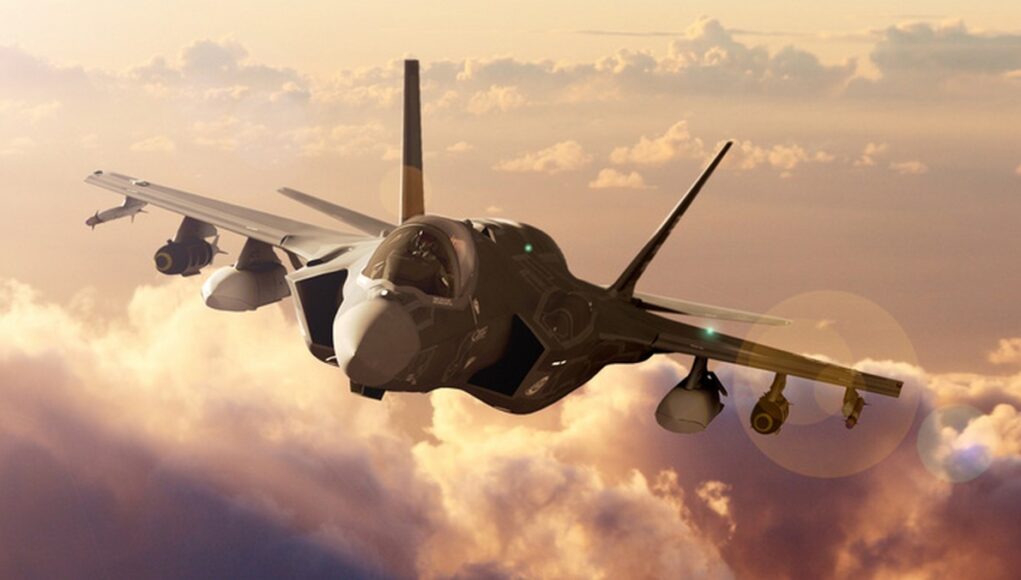

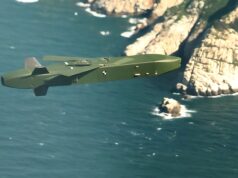
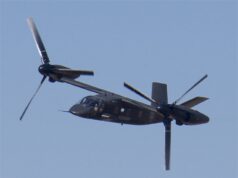

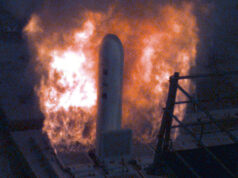




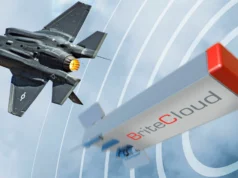

Wholly designed and manufactured in the USA.
More interesting and only reported on Defense News are the remarks by Ben Wallace to the Defence Select Committee on 23 June. These expressed real concern about the support costs of F35 and the slow progress in integrating Meteor and Sea Spear 3. He seemed to warn that unless these problems were resolved, further orders might not be forthcoming.
This may explain the urgency of the drone programme.
Are we dependant on the US to integrate Meteor and Sea Spear? If the UK is funding the integration there should be no reason for it to be delayed.
I would think so if for no other reason that the Brits have so few F-35s.
I’m not sure where the integration is done. Ben Wallace mentioned paying £41m to LM and warned that this should not be delayed because of additional integration work requested by the US.
Theres a waiting list for weapons integration, you put in your request and then when the instrumented aircraft are available they run the trials but there is usually a couple of years between submitting the formal request for test resources and the resources being available.
I get that there will be a waiting list but meteor should have been on that list for 10 years. Also if funding has been provided for integration then that should significantly bring down the time frame. If we pay LM to integrate missiles it’s their responsibility to provide the aircraft and software engineers to integrate the missile as soon as they are provided the money. Looks like they are receiving multi million dollar pay cheques and delivering nothing in return.
We can do a lot of the testing, but the safety case sign off is done by Lockheed Martin as they are the design organization.
Following on from the Nimrod crash in Afghanistan and the subsequent Haddon-Cave report, the MoD dispensed with its aircraft design authority. Therefore, major modifications such as hanging and firing additional weapons have to be agreed by the manufacturer.
There are a lot of hoops to jump through to get something that was not part of the original design added to the aircraft. Especially if it hasn’t been designed by the OEM.
The MoD can get some stuff added quickly through an urgent requirement. But these are only supposed to be for 12 months before the MAA says it’s either binned or supported by the OEM through a “properly planned and supported” modification program.
A cynic might observe that there’s no reason for integration of Meteor to be delayed, apart from Lockheed developing the AIM-260 JATM, that is expected to replace the AIM-120 AMRAAM and be a competitor to Meteor in WW sales. USA Inc. would also prefer selling SDB II to foreign F35 customers rather than see sales go to SPEAR.
If the mod has already paid LM to complete the integration work and they are not doing it the mod needs to sue them or tell them to return the funds immediately. That will soon speed up integration. I also though the UK was supposed to have access to the code so not sure why we are not integrating them ourselves unless they are worried about fking it up and having a $100m not signed off to fly safely.
The funds referenced were paid to MBDA for integration, not Lockheed, but either way returning them wouldn’t do much good, since that would just delay integration further. Legal action won’t speed up anything either, the latter being what we want. Others have commented ref the issues that prevent the UK doing its own integration. Aside from that, F35 customers, including the US, are taking issue with Lockheed on the high support costs. Threatening future sales is probably the most useful lever. Which is why we aren’t seeing any orders for more than the original 48 at this time, and probably won’t until we see progress on these issues.
Ben Wallace’s comment was a public warning shot to Lockheed, probably picked up on by other international buyers, that Lockheed would be foolish to ignore, especially given their recent experience with WCSP cancellation.
In theory the Modular Open System Architecture (MOSA) now being worked on for future military platforms should speed up the integration and future updates of weapons, sensors, processing etc. Even the US military don’t like being locked into one company’s weapon system.
Yeah, it’s interesting the F35 is below $100 per airframe but you wonder was that only achieved through increasing the servicing costs ie fudging the figures to look better on paper.
Saw that, yes very much gave the impression that future orders were dependant on what the supplier did now.
Janes has an item on the new Rafael Sea Breaker advanced autonomous long range missile. Designed for canister launch from ships & trucks. Less than 4m long, weighing under 400kg, 107kg warhead, turbojet powered, up to 300km range. If it fitted in a F-35B weapon bay, it would meet the long range stand off capability it needs. Public source on the F-35b weapon bay length is a bit vague, but it seems to be in the region of 3.9m. So close, but might be a few cm too long.
Infographics of the F-35B, printed some years ago, show optional 426 gallon wing tanks or a WXU648CNV88 baggage pod. What became of them? Are they available?